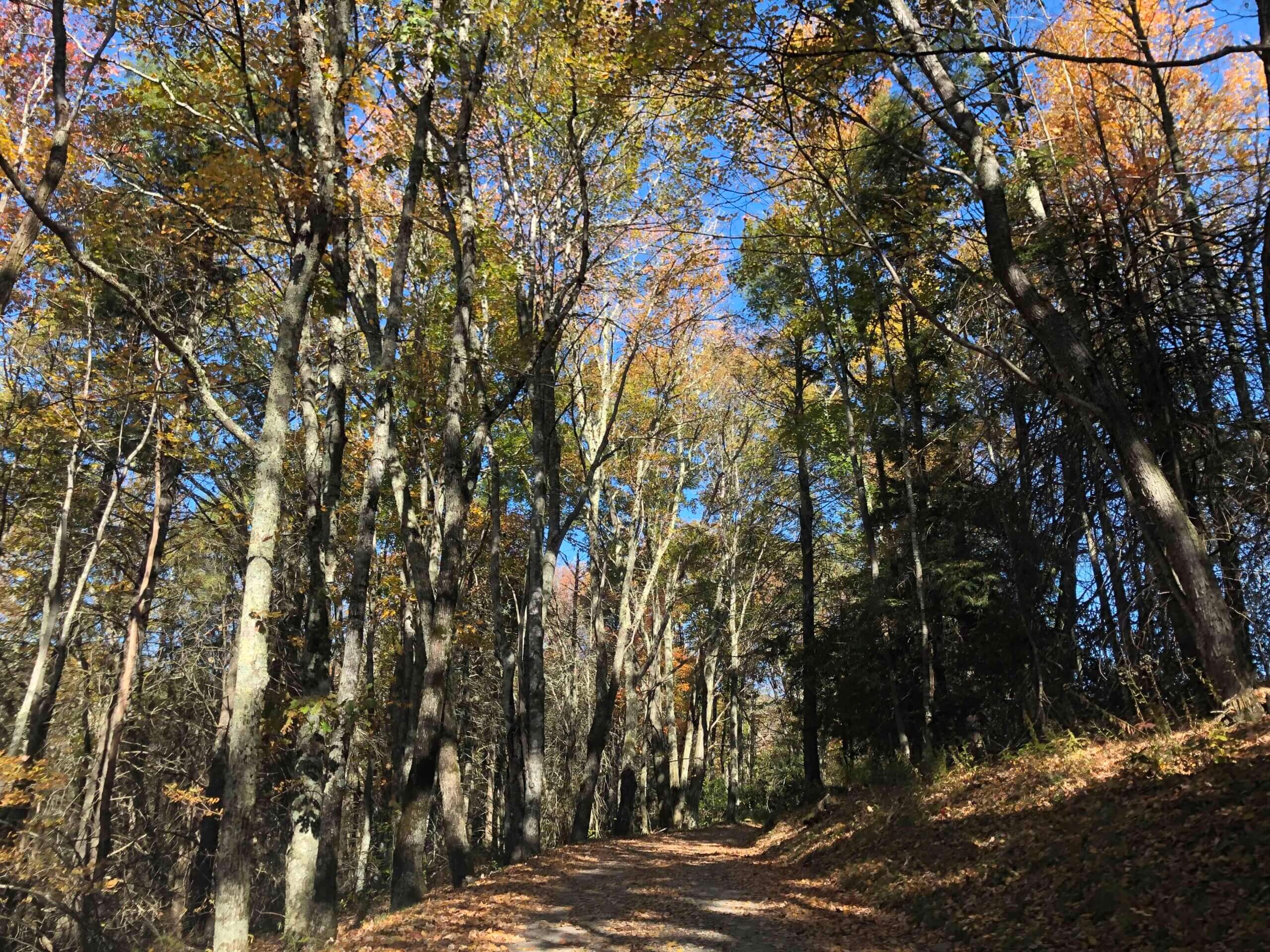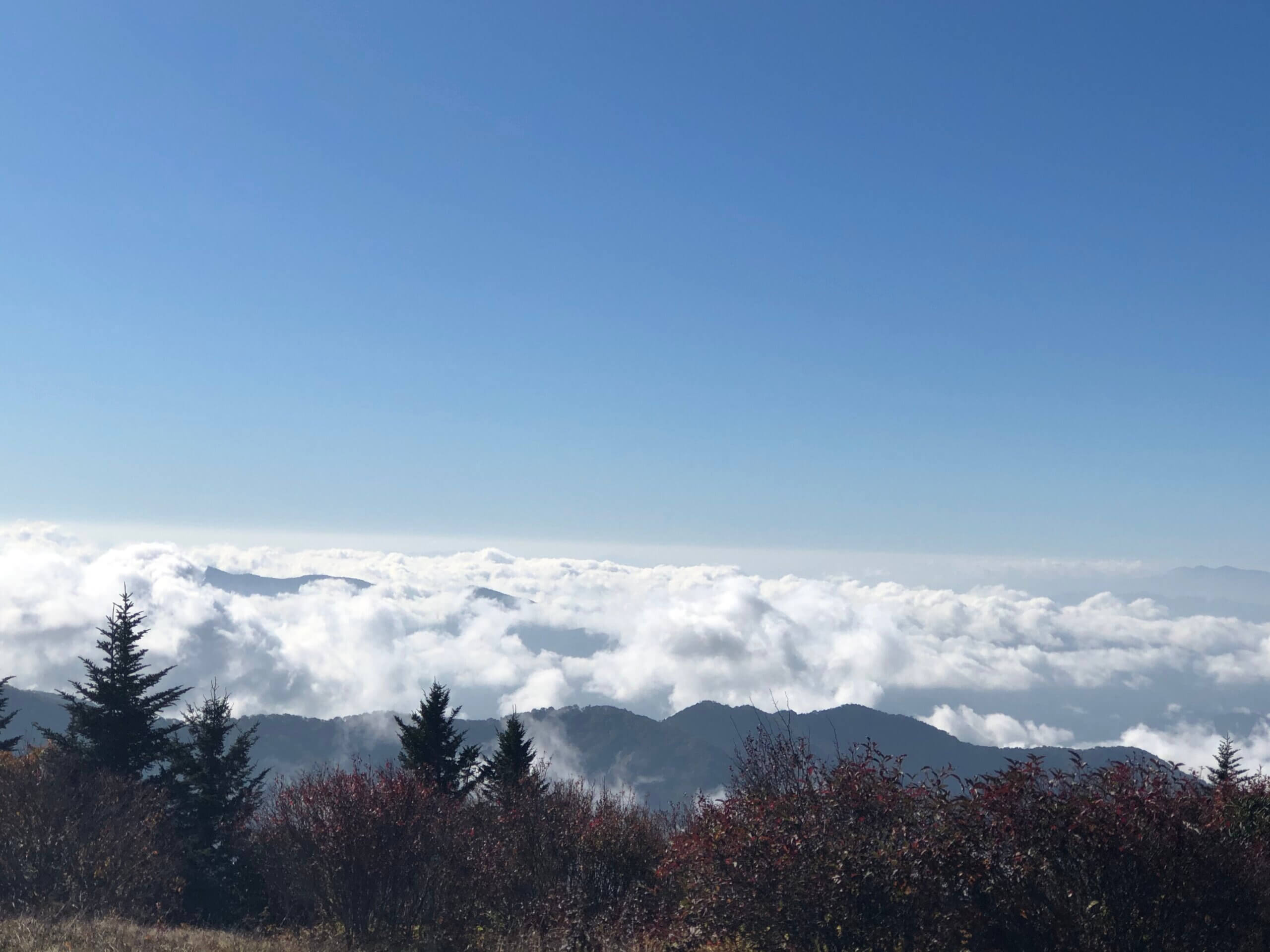The Great Smoky Mountains National Park’s Artist in Residence Program provides artists the opportunity to immerse themselves in the park and be inspired to create art. The program is funded in part by Friends of the Smokies. Writer Jennifer Cie participated in the program in Fall 2020. Her residency was impacted by COVID-19, limiting her time in the park and contact with others. She shares her experiences in this post.
by Jennifer Cie
GSMNP Artists in Residence 2020
As a writer, it is somewhat difficult to pinpoint the start date for my work. There have always been relatively welcomed pauses, periods of detailed stagnancy, and pages of sticky notes attempting to flesh out what something wants to be before a new project is officially in progress.
While studying at Portland State University, I began crafting the manuscript that ultimately would shape my residency in the Smoky Mountains.
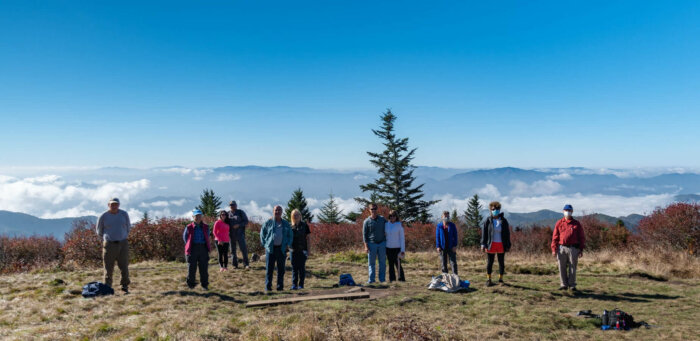
Lived history of the park and its surrounding communities
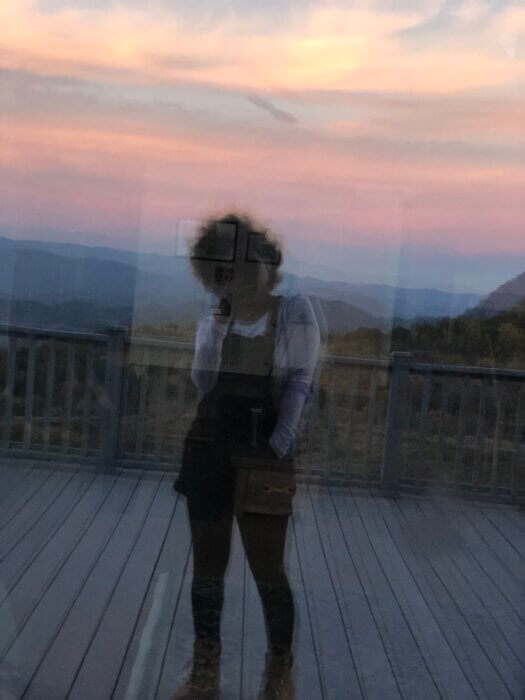
Red South for me, is a means to capture neglected histories of Black and LGBTQ+ communities in the South and Midwest during the start of the AIDs crisis. An excerpt from the manuscript was published in New South Journal.
Preserving those narratives, bits of ignored history, from those bars in Memphis’ Madison Height’s, Red Parties in Columbus to today’s unofficial ‘Gay Days’ at Dollywood (aka Silver Dollar City and in the 1960s aka Rebel Railroad), in many ways, is dependent on recognizing the lived history of the park and its surrounding communities.
Despite being North America’s most visited national park, the Great Smoky Mountains National Park isn’t absent from conversations on why it is or is not an open and welcoming space for all.
What makes the park familiar as opposed to dangerous? What factors, perceived or written, compound and create hesitancy for historically excluded groups seeking to visit the park?
Addressing those questions at the surface level (for this project) was a matter of the senses.
Capturing everyday life with my phone
The project took on the task of capturing audiovisual data from everyday moments in the park.
This meant limiting equipment to what the average visitor—persons walking or driving through the park on a break from touring Pigeon Forge, TN, or Cherokee, NC—might have for recording purposes.
This primarily meant not using a tripod and relying on images and video captured via phone. The goal is to replicate the feeling of being in the park as a general visitor rather than attempting to create picturesque commercial-like scenery.
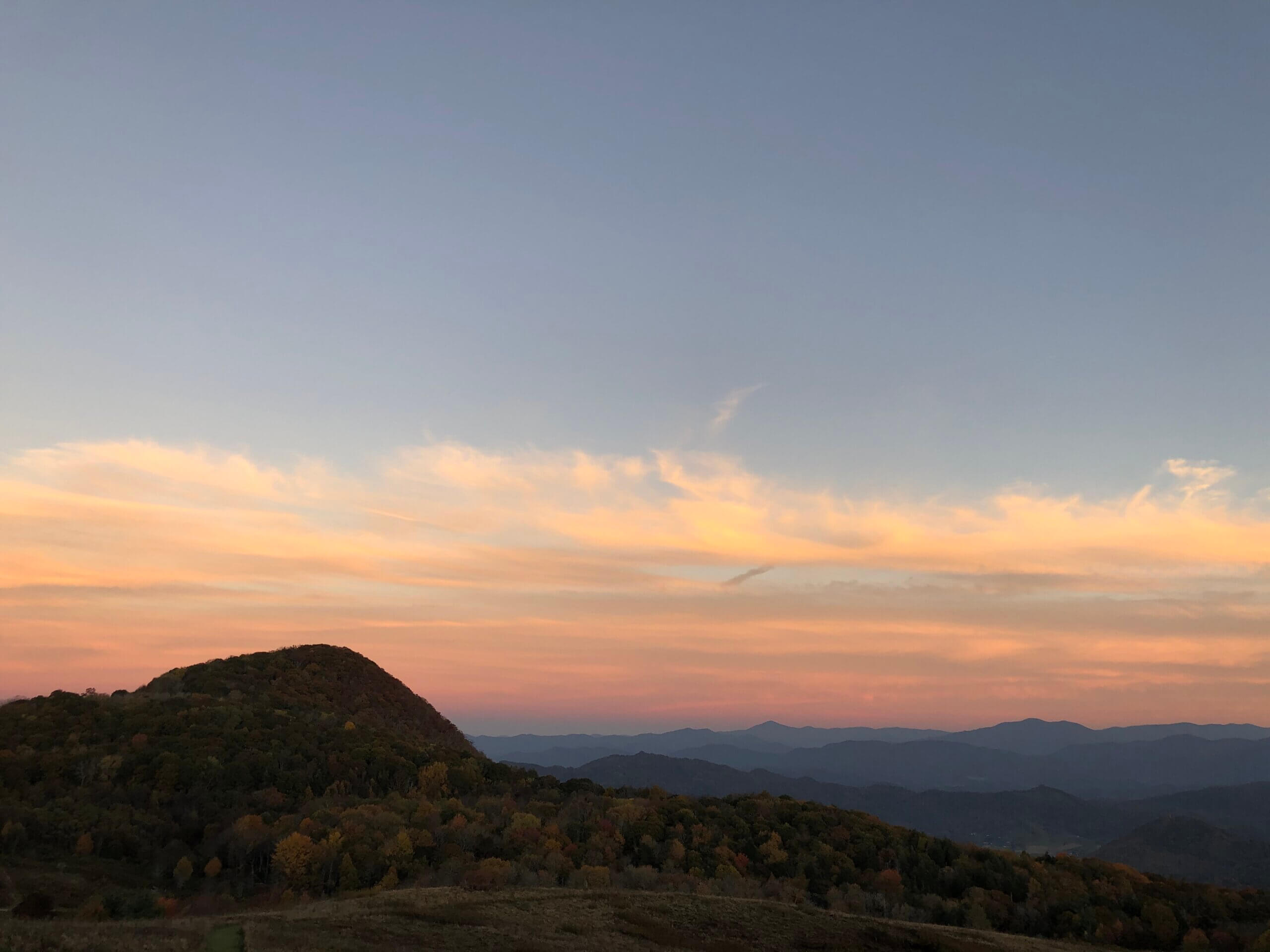

While the park is removed from the surrounding cities, it’s not uncommon to hear traffic, helicopters, or groups of people discussing daily life over the expectation of silence. Visitors must be prepared for that. What is foreign in the parks is also familiar.
The work of capturing this data took me across both sides of the park, from the Sugarlands Visitor Center to Purchase Knob’s Appalachian Highlands Science Learning Center.
[In her YouTube video “our park(s): an exercise in sound, vision and expectation,” Jennifer Cie encourages viewers to explore their experience of viewing scenes and sounds of the Smokies and compare that experience with what they might have expected.]
Collaborating with park staff
During those drives and slow hikes, I had the pleasure of collaborating with the park’s historian, science communicator developing the park’s ‘African American Experience’ catalog, and GSMNP Superintendent Cassius Cash.
While front-facing activities were canceled in response to the pandemic, being able to experience that communication barrier in the park was invaluable to the ongoing process of developing writing prompts for the audiovisual data collected and the expanded manuscript for Red South.
When I consider the residency — from hiking Forney Ridge Trail to Andrews Bald with the Friends of the Smokies to early morning writing sessions to the sound of wild turkeys — the openness to questions, discovery, and collaboration is what makes it so notable for artists and visitors.
Website: https://jennifercie.com/
Twitter: @JenniferCie1
